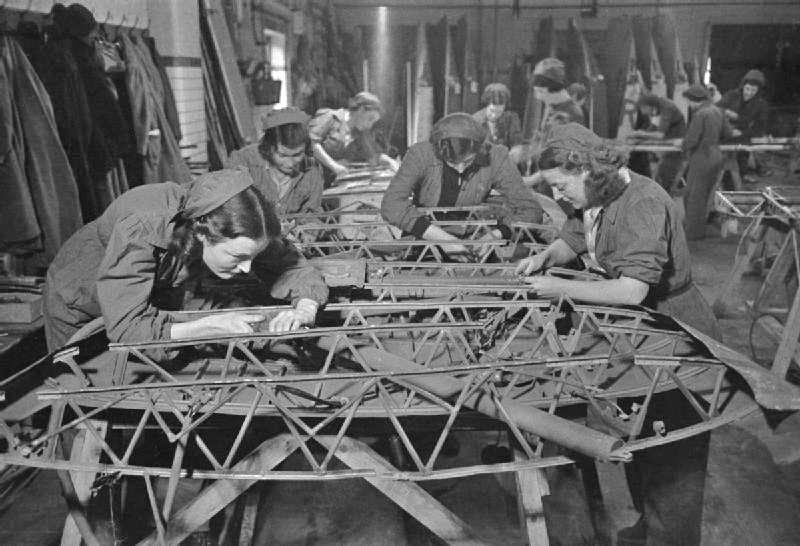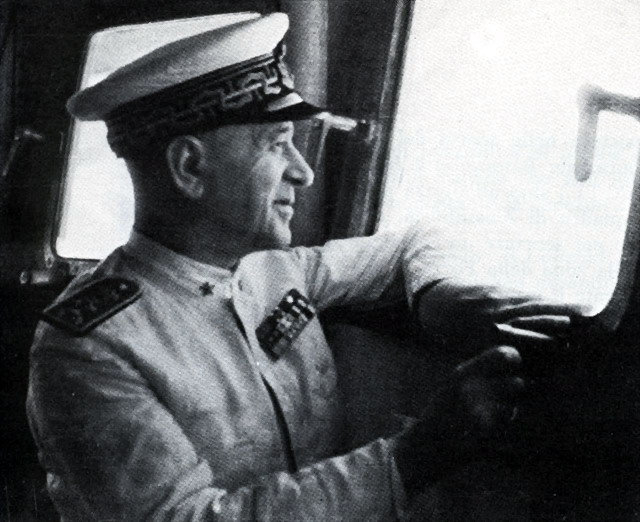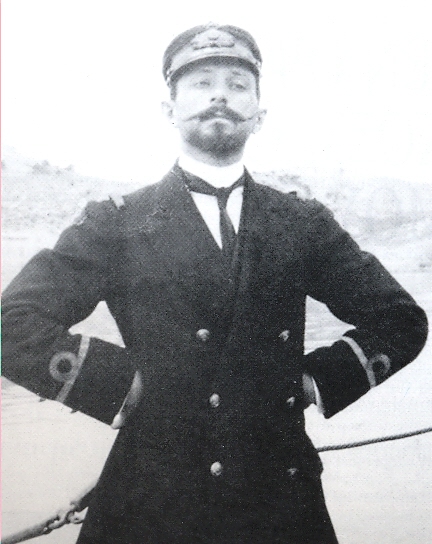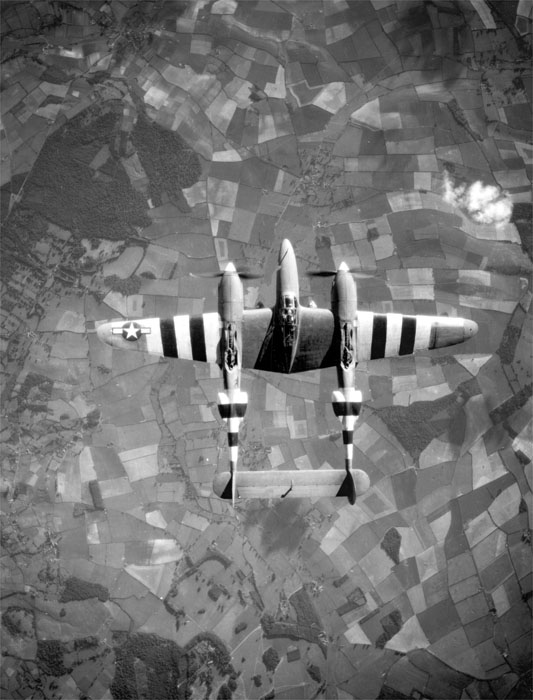|
Fairey Swordfish I
The Fairey Swordfish is a retired biplane torpedo bomber, designed by the Fairey Aviation Company. Originating in the early 1930s, the Swordfish, nicknamed "Stringbag", was principally operated by the Fleet Air Arm of the Royal Navy. It was also used by the Royal Air Force (RAF), as well as several overseas operators, including the Royal Canadian Air Force (RCAF) and the Royal Netherlands Navy. It was initially operated primarily as a fleet attack aircraft. During its later years, the Swordfish was increasingly used for Anti-submarine warfare, anti-submarine and Trainer (aircraft), training duties. The type was in frontline service throughout the World War II, Second World War. Despite being obsolescent, the Swordfish achieved some spectacular successes during the war, including sinking one battleship and damaging two others belonging to the ''Regia Marina'' (the Italian navy) during the Battle of Taranto, and the Last battle of Bismarck, famous attack on the German battleship ... [...More Info...] [...Related Items...] OR: [Wikipedia] [Google] [Baidu] |
WikiProject Aircraft
A WikiProject, or Wikiproject, is an affinity group for contributors with shared goals within the Wikimedia movement. WikiProjects are prevalent within the largest wiki, Wikipedia, and exist to varying degrees within Wikimedia project, sibling projects such as Wiktionary, Wikiquote, Wikidata, and Wikisource. They also exist in different languages, and translation of articles is a form of their collaboration. During the COVID-19 pandemic, CBS News noted the role of Wikipedia's WikiProject Medicine in maintaining the accuracy of articles related to the disease. Another WikiProject that has drawn attention is WikiProject Women Scientists, which was profiled by ''Smithsonian Magazine, Smithsonian'' for its efforts to improve coverage of women scientists which the profile noted had "helped increase the number of female scientists on Wikipedia from around 1,600 to over 5,000". On Wikipedia Some Wikipedia WikiProjects are substantial enough to engage in cooperative activities with outsi ... [...More Info...] [...Related Items...] OR: [Wikipedia] [Google] [Baidu] |
Battle Of Taranto
The Battle of Taranto took place on the night of 11/12 November 1940 during the Second World War between British naval forces (Admiral Andrew Cunningham) and Italian naval forces (Admiral Inigo Campioni). The Royal Navy launched the first all-aircraft ship-to-ship naval attack in history, employing 21 Fairey Swordfish biplane torpedo bombers from the aircraft carrier in the Mediterranean Sea. The attack struck the battle fleet of the ''Regia Marina'' at anchor in the harbour of Taranto, using aerial torpedoes, despite the shallowness of the water. The success of this attack augured the ascendancy of naval aviation over big-gun battleships. According to Cunningham, "Taranto, and the night of 11/12 November 1940, should be remembered forever as having shown once and for all that in the Fleet Air Arm the Navy has its most devastating weapon". Background Since long before the First World War, the Italian ''Regia Marina''s First Squadron had been based at Taranto, a port-city on ... [...More Info...] [...Related Items...] OR: [Wikipedia] [Google] [Baidu] |
Naval Air Service (Greece)
The Naval Air Service () was the air arm of the Hellenic Navy from 1915 to 1930. The first aviation units in the Greek Armed Forces were formed in June 1912. In the subsequent Balkan Wars, the Hellenic Navy was the first in military history to use aircraft to track down and bomb the enemy fleet (1913). The Naval Air Service was officially established during the First World War and participated with the Allies in several missions over the Aegean. After participation in the Greco-Turkish War (1919–1922) a long period of peace followed during which the Naval Air Service was reorganized and upgraded, especially with the establishment of the State Aircraft Factory, which manufactured various types of aircraft. In 1930 the Naval Air Service was merged with the Hellenic Army Aviation and formed the third branch in the Greek Armed Forces, the Hellenic Air Force. The present-day Hellenic Navy retains an aerial component in the form of the Navy Aviation Command. History Preparations ... [...More Info...] [...Related Items...] OR: [Wikipedia] [Google] [Baidu] |
Rudder
A rudder is a primary control surface used to steer a ship, boat, submarine, hovercraft, airship, or other vehicle that moves through a fluid medium (usually air or water). On an airplane, the rudder is used primarily to counter adverse yaw and p-factor and is not the primary control used to turn the airplane. A rudder operates by redirecting the fluid past the hull or fuselage, thus imparting a turning or yawing motion to the craft. In basic form, a rudder is a flat plane or sheet of material attached with hinges to the craft's stern, tail, or afterend. Often rudders are shaped to minimize hydrodynamic or aerodynamic drag. On simple watercraft, a tiller—essentially, a stick or pole acting as a lever arm—may be attached to the top of the rudder to allow it to be turned by a helmsman. In larger vessels, cables, pushrods, or hydraulics may link rudders to steering wheels. In typical aircraft, the rudder is operated by pedals via mechanical linkages or hydraulics. H ... [...More Info...] [...Related Items...] OR: [Wikipedia] [Google] [Baidu] |
Rolls-Royce Kestrel
The Rolls-Royce Kestrel (internal type F) is a 21.25 litre (1,295 in³) V-12 aircraft engine from Rolls-Royce. It was their first cast-block engine, and used as the pattern for most of their future piston-engine designs. Used during the interwar period, it was fitted to a number of British fighters and bombers of the era, including the Hawker Fury and Hawker Hart family, and the Handley Page Heyford. The Kestrel engine was also sold to international air force customers; in this role it was used to power prototypes of the German Messerschmitt Bf 109 and the Junkers Ju 87 "Stuka" dive-bomber, as the Junkers Jumo 210 engines were not ready to be fitted. Several examples of the Kestrel engine remain airworthy today. Design and development Origin Earlier in-line engine designs were generally built on top of a cast aluminum crankcase, with the cylinders, individually-machined steel cylinders, bolted on top. Given the forces involved, the system connecting the cylinders to the cr ... [...More Info...] [...Related Items...] OR: [Wikipedia] [Google] [Baidu] |
Radial Engine
The radial engine is a reciprocating engine, reciprocating type internal combustion engine, internal combustion engine configuration in which the cylinder (engine), cylinders "radiate" outward from a central crankcase like the spokes of a wheel. It resembles a stylized Star polygon, star when viewed from the front, and is called a "star engine" in some other languages. The radial configuration was commonly used for aircraft engines before gas turbine engines became predominant. Engine operation Since the axes of the cylinders are coplanar, the connecting rods cannot all be directly attached to the crankshaft unless mechanically complex forked connecting rods are used, none of which have been successful. Instead, the pistons are connected to the crankshaft with a master-and-articulating-rod assembly. One piston, the uppermost one in the animation, has a master rod with a direct attachment to the crankshaft. The remaining pistons pin their connecting rods' attachments to rings ar ... [...More Info...] [...Related Items...] OR: [Wikipedia] [Google] [Baidu] |
Bristol Pegasus
The Bristol Pegasus is a British nine-cylinder, single-row, air-cooled radial engine, radial aircraft engine, aero engine. Designed by Roy Fedden of the Bristol Aeroplane Company, it was used to power both civil and military aircraft of the 1930s and 1940s. Developed from the earlier Bristol Mercury, Mercury and Bristol Jupiter, Jupiter engines, later variants could produce from its Engine displacement, capacity of 1,750 cubic inches (28 L) by use of a geared supercharger. Further developments of the Pegasus created the fuel injection, fuel-injected Bristol Draco and the diesel engine, diesel Bristol Phoenix, both types being produced in limited numbers. In contrast, by the end of production over 30,000 Pegasus engines had been built. Aircraft applications ranged from single-engine biplanes to the four-engined Short Sandringham and Short Sunderland, Sunderland flying boats. Several flight altitude record, altitude and flight distance record, distance records were set by aircr ... [...More Info...] [...Related Items...] OR: [Wikipedia] [Google] [Baidu] |
Fairey S
Fairey may refer to: People *Charles Richard Fairey, British aircraft manufacturer *David Fairey, English cricketer *Francis Fairey (1887 - 1971), Canadian politician *Jim Fairey, baseball player *Mike Fairey, British businessman *Shepard Fairey, American artist, designed the Barack Obama "Hope" poster Companies *Fairey Aviation Company, British aircraft company **Avions Fairey, the Belgian-based subsidiary of the British Fairey Aviation Company *Fairey Marine Ltd, a shipbuilding company based on the River Hamble, Southampton, England Aircraft Many "Fairey" aircraft were made by the Fairey Aviation Company — see Fairey Aviation Company § Aircraft Other *Fairey Fireflash Fireflash was the United Kingdom's first air-to-air missile, air-to-air guided missile to see service with the Royal Air Force. Constructed by Fairey Aviation Company, Fairey Aviation, the missile utilised radar beam riding guidance. Fireflash ... was the first British air-to-air missile * Fairey Band [...More Info...] [...Related Items...] OR: [Wikipedia] [Google] [Baidu] |
Aerial Reconnaissance
Aerial reconnaissance is reconnaissance for a military or Strategy, strategic purpose that is conducted using reconnaissance aircraft. The role of reconnaissance can fulfil a variety of requirements including Artillery observer, artillery spotting, the collection of imagery intelligence, and the observation of enemy maneuvers. History Early developments After the French Revolution, the new rulers became interested in using the balloon (aircraft), balloon to observe enemy manoeuvres and appointed scientist Jean-Marie-Joseph Coutelle, Charles Coutelle to conduct studies using the balloon ''L'Entreprenant'', the first military reconnaissance aircraft. The balloon found its first use in the French Revolutionary Wars: Campaigns of 1794, 1794 conflict with Austria, where in the Battle of Fleurus (1794), Battle of Fleurus they gathered information. Moreover, the presence of the balloon had a demoralizing effect on the Austrian troops, which improved the likelihood of victory for ... [...More Info...] [...Related Items...] OR: [Wikipedia] [Google] [Baidu] |
Victory In Europe Day
Victory in Europe Day is the day celebrating the formal acceptance by the Allies of World War II of Germany's unconditional surrender of its armed forces on Tuesday, 8 May 1945; it marked the official surrender of all German military operations. Most former Soviet countries, and some others, celebrate on 9 May, as Germany's unconditional surrender entered into force at 23:01 on 8 May Central European Summer Time; this corresponded with 00:01 on 9 May in Moscow Time. Several countries observe public holidays on the day each year, also called Victory Over Fascism Day, Liberation Day, or Victory Day. In the UK, it is often abbreviated to VE Day, a term which existed as early as September 1944, in anticipation of victory. History Adolf Hitler, the Nazi leader, had committed suicide on 30 April during the Battle of Berlin, and Germany's surrender was authorised by his successor, '' Reichspräsident'' Karl Dönitz. The administration headed by Dönitz was known as the Flensb ... [...More Info...] [...Related Items...] OR: [Wikipedia] [Google] [Baidu] |





